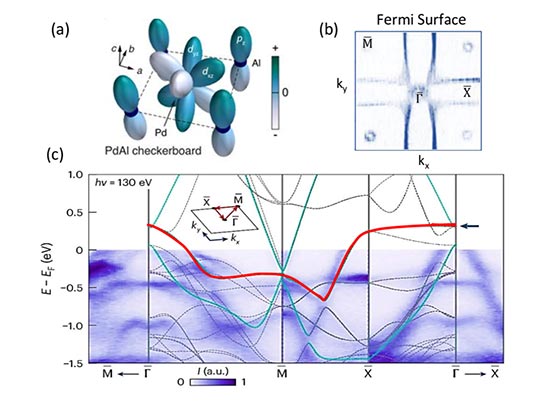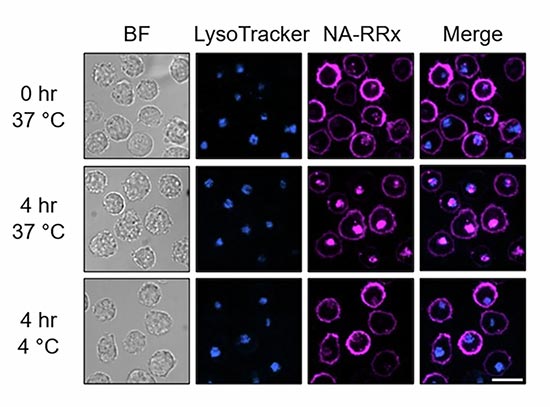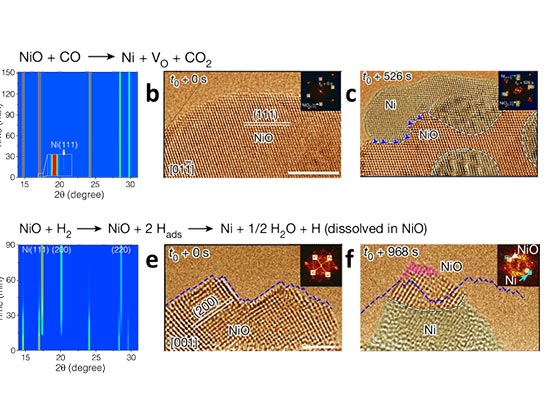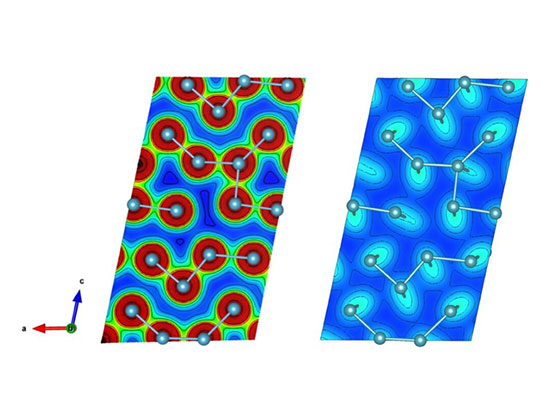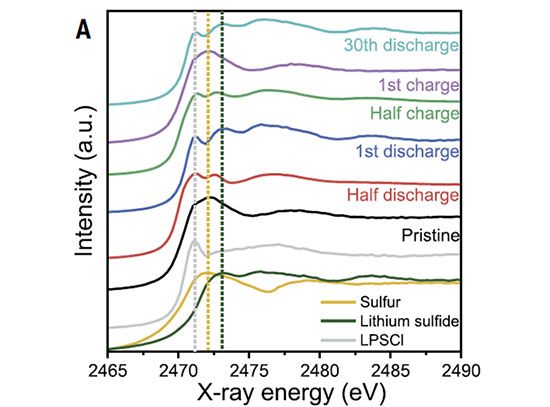A New Link Between Biological & Inorganic Zinc in the Ocean Cycle
September 30, 2024
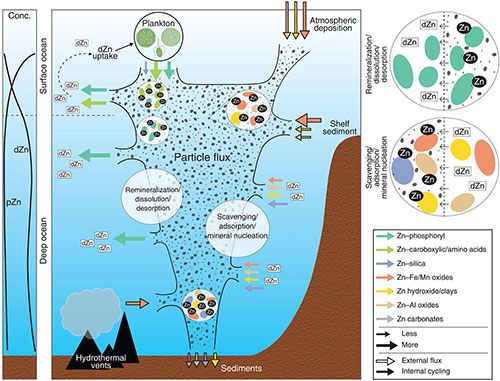 enlarge
enlarge
Left: Water-column pZn and dZn concentrations. Middle: pZn flux and composition; external pZn sources shown via colored arrows outlined in black & internal processes via colored arrows. Top right: Zn partitioning between pZn and dZn pools. Credit: Science Vol 384 Issue 6701 p.1235-1240 (2024).
The Science
Researchers studying dissolved & particulate zinc (dZn, pZn) in the ocean cycle found that Zn is handed off from biological sources to Zn in the form of inorganic particles.
The Impact
This new facet of the Zn ocean cycle spotlights the impact of inorganic Zn particles on biological productivity.
Summary
An international collaboration of researchers has studied samples of water and sediment from the Southern Ocean (SO) to unravel the poorly understood biogeochemical cycle of zinc (Zn), a metal that is essential for marine organisms and ocean biological productivity. Their work helps explain the distribution of Zn along the water column, including the key finding that Zn is handed off from biological sources to inorganic particles.
Scientists know that Zn is ingested by microscopic phytoplankton, which substantially depletes dissolved Zn in the upper part of the water column. It is replenished via Zn bound to organic matter, which happens as part of the process of remineralization, a recycling of organic carbon and associated metals through several decomposition stages.
To learn more about the distribution and role of Zn, the group studied water from the SO in both summer and winter, taking samples from the surface and down to depths of about 500 meters and beyond. They used several synchrotron x-ray techniques to study the concentrations and nature of Zn distribution in ocean particles and sediments, including X-ray fluorescence imaging at the X-ray Fluorescence Microprobe (XFM) beamline of the National Synchrotron Light Source II (NSLS-II) and X-ray absorption spectroscopy at the NSLS-II Inner-Shell Spectroscopy (ISS) beamline. Although the data was not used for this publication, the researchers also used the NSLS-II Hard X-ray Nanoprobe (HXN) beamline in further studies on Zn speciation in phytoplankton (in preparation for a future publication). NSLS-II is a U.S. Department of Energy (DOE) user facility located at DOE’s Brookhaven National Laboratory.
They found that Zn in particulate form changes from Zn bound to phosphoryls (an essential chemical group in biological processes) in cells to inorganic “pools” that include the mineral silica (silicon dioxide), clays, and iron, manganese, and aluminum oxides. The abundance of these inorganic pools increases with ocean depth and the pools are the only phases of Zn that are found in sediments on the sea floor. Overall, these findings reveal a new dimension to the ocean Zn cycle and suggest that inorganic Zn particles have had an underappreciated role in marine biogeochemical processes.
Download the research summary slide (PDF)
Contact
S. C. B. Myneni|
Princeton University
smyneni@princeton.edu
Publications
J. Duan, R. Cloete, J. C. Loock, A. Lanzirotti, M. Newville, A. Martínez-García, D. M. Sigman, P. J. Lam, A. N. Roychoudhury, and S. C. B. Myneni. Biogenic-to-lithogenic handoff of particulate Zn affects the Zn cycle in the Southern Ocean. Science 13 June 2024 Vol 384, Issue 6701, pp. 1235-1240. DOI: 10.1126/science.adh8199
Funding
S.C.B.M. acknowledges the National Science Foundation (CHE; award no. 1609927) and Princeton University (Scott Vertebrate Funds and Phillips Equipment Fund in the Department of Geosciences and student internships in the High Meadows Environmental Institute) for supporting molecular studies. A.N.R acknowledges an anonymous charitable donor trust as part of the Whales and Climate Change Program; the South African National Antarctic Programme (SANAP); the Department of Science and Innovation (DSI); the Department of Forestry, Fisheries and the Environment (DFFE); and the National Research Foundation (NRF) for supporting the sampling and research cruises. This research used resources of the National Synchrotron Light Source II and the Advanced Photon Source, US Department of Energy (DOE), Office of Science User Facilities, operated for the DOE Office of Science by Brookhaven National Laboratory under contract no. DE-SC0012704 and by Argonne National Laboratory under contract no. DE-AC02-06CH11357, respectively. Portions of this work were performed at GeoSoilEnviroCARS (The University of Chicago, Sector 13) at the Advanced Photon Source. GeoSoilEnviroCARS was supported by the National Science Foundation, Division of Earth Sciences (EAR) (1634415).
2024-22222 | INT/EXT | Newsroom




